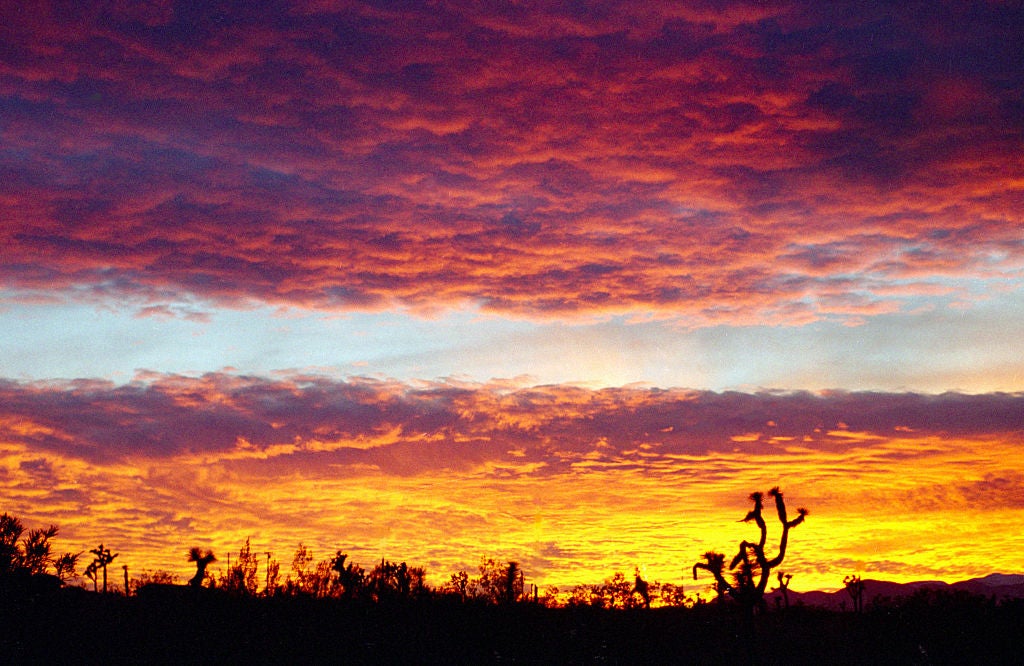
25km above our heads, a thin layer of gas protects us from the most dangerous of the sun’s rays. It’s so vital to life, that without it life as we know it would not exist. Its name: the ozone layer.

Decades of unchecked anthropogenic emissions of ozone depleting substances have taken a heavy toll on this fragile barrier. Almost 30 years ago, a hole the size of the continental US was discovered over Antarctica. The discovery was the catalyst for one of the most successful environmental agreements ever, the Montreal Protocol.
“It drastically changed attitudes towards ozone depleting substances,” explained Robert Dixon, Climate and Chemicals Lead at the Global Environmental Facility. “Today the phaseout of ozone depleting substances is nearly complete in the developed world, but there is still a lot of work to do in developing countries and countries with economies in transition. The Multilateral Fund for the Montreal Protocol and the GEF are supporting these countries with their phaseout because this global issue requires global action,” he added.
The 16th September marks the International Day for the Preservation of the Ozone Layer, and this year the theme is that our shared mission goes on.
Restoring the layer
The Montreal Protocol, which entered into force in 1989, bans the use of chlorofluorocarbons (CFCs) and hydrochlorofluorocarbons (HCFCs), methyl bromide and a number of other Ozone Depleting Substances. Commonly found in fridges, commercial freezers and air conditioning units among others, once released into the atmosphere they don’t only destroy and deplete the ozone layer, but they’re also highly potent greenhouse gases, up to 10,000 times more potent than CO2. The Montreal Protocol controls almost 100 chemical substances from a range of categories.
According to UNEP, “the Montreal Protocol has prevented adverse impacts of increased harmful UV radiation reaching the earth’s surface including damages to human health, ecosystems – both terrestrial and aquatic, biogeochemical cycles, air quality and materials.” The UN estimates that thanks to the measures adopted under the Montreal Protocol millions of deaths from skin cancer have been avoided along with dozens of millions of non-fatal cases of skin cancer and cataracts.
For 22 years the GEF has worked with countries with economies in transition to phase out the uses of these substances. Today, the challenge is to find and eliminate the final remnants and instigate changes to industry to develop alternatives. It’s an important job and the GEF dedicated US$25 million in the 6th replenishment period (2014-2018) for projects related to protection of the Ozone layer.
The effects are already being seen in the health of our world’s protective layer and experts are cautiously optimistic that in 2050 this delicate barrier will begin to heal itself.
“We’re talking about a very thin layer of molecules and the damage has been done,” Dixon stated. “It will take time to mend itself but if we continue on this path, the healing process will happen and we hope to see tangible results.”
The key, however, it to remain focused until the end and not to declare the battle won until the use of these destructive chemicals has been eliminated completely.
“The ozone layer recovery is happening now in an atmosphere that is different from what it used to be because of increasing greenhouse gases and associated climate change. There are complex interlinkages between ozone and climate and those interlinkages as well as many other uncertainties about the atmospheric processes still need to be better understood through continued research,” according to UNEP.
On the International Day for the Preservation of the Ozone Layer, the GEF joins the mission and reaffirms its commitment to protecting the layer which enables this planet to continue teeming with life.
###
Media Contact
In Washington, DC, USA: Christian Hofer - chofer@thegef.org+1 202 413 4185